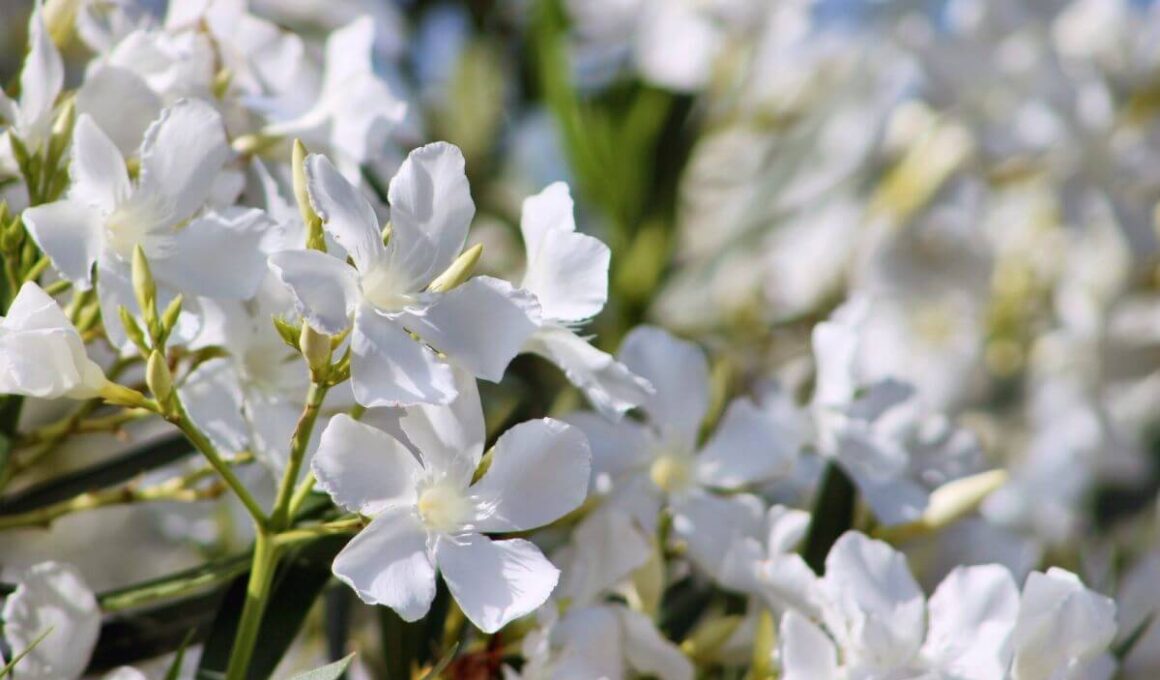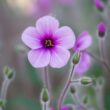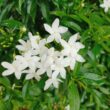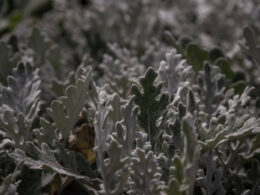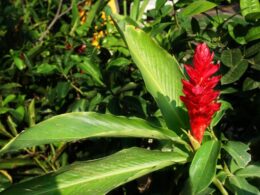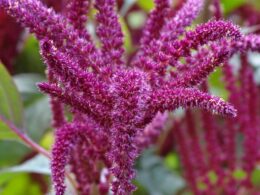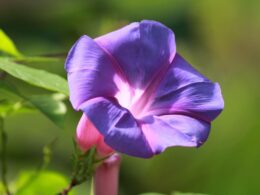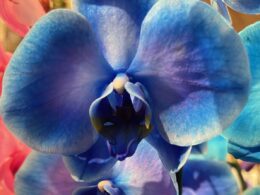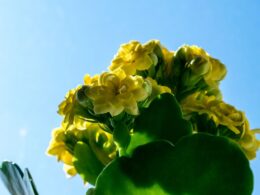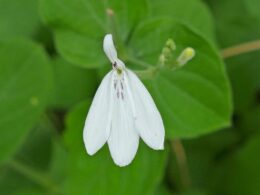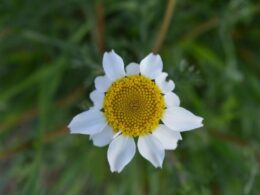About the Oleander Plant (Nerium Oleander)
Oleander is a species of flowering plant native to the Mediterranean region, Northwest Africa and some parts of Asia. It’s a member of the dogbane family (Apocynaceae), and its scientific name is Nerium oleander. White oleander flowers are various cultivars of this species.
The oleander is an evergreen shrub or small tree that can grow to a height of 20 feet. It has long, narrow leaves that grow in pairs or whorls of three. Flowers come in shades of white, pink and red.
The oleander is widely cultivated as an ornamental plant, and it has been investigated as a potential anti-cancer drug. However, it was found to be ineffective in treatment and cause adverse effects. In general, it’s considered to be poisonous.
Varieties of White Oleander Flowers
Looking for a white-blooming oleander to add to your garden? You’ll be spoiled for choice! Here are some of the most beautiful white oleander flowers:
- ‘Mont Blanc’ – a double-flowered variety;
- ‘Album’ – characterized by big plants;
- ‘Sister Agnes’ – an old European cultivar with a mild fragrance;
- ‘White Sands’ – a compact, dwarf-height variety with cream white flowers.
Of course, there are many more to choose from. Do some research to find the best one for your needs and growing conditions. You can also check which cultivars are available in your local nursery.
White Oleander Flower Meaning and Cultural Significance
The white oleander flower has a number of different meanings. In the Victorian language of flowers, it represents innocence and purity. Oleander in general can mean all kinds of things, from charm and seduction to destiny and caution.
Oleanders also play an important role in art and literature. For example, pink oleander flowers appear in the paintings of Vincent van Gogh (Oleanders) and Gustav Klimt (Two Girls with an Oleander).
The 1867 Impressionist painting The Terrace at Méric (Oleanders) by Frédéric Bazille shows both pink and white oleander flowers. The plant also features prominently in the 2003 novel White Oleander by Janet Fitch.
Urban Legends and Folklore
There’s a widely documented urban legend connected to the toxicity of oleander. In most variations of the story, a family or group of scouts roasts hot dogs or other food over a campfire using oleander sticks. All the people involved are seriously poisoned or die, and the moral of the story is “don’t use oleander to roast your food.”
Of course, this legend is false. While it’s true that oleander is poisonous, the heat from a campfire wouldn’t be enough to make the toxins in the plant’s leaves and branches release into the food in quantities that would cause illness.
There’s also an ancient account (mentioned by Pliny the Elder) of poisonous honey made by bees that had pollinated oleander flowers. The honey was supposedly used as a poisonous trap for an invading army. In reality, oleander is nectarless, and the actual flower was azalea – sometimes used in Turkey to produce hallucinogenic honey.
How to Grow Nerium Oleander Plants
If you’re thinking of growing oleanders, here are some tips to help you get started. They’ll work for all types of oleander, including white-flowering varieties.
- Choose a sunny spot in your garden. Oleanders need full sun to bloom well, though they can also tolerate partial shade.
- If you’re going to grow oleander in your garden, prepare the soil before planting. Add some sand or organic matter to improve drainage. Other than that, these plants aren’t picky – they’re tolerant of all kinds of soil, and can grow in heavy clay or salty soils just fine.
- Water your oleanders deeply every week if it hasn’t rained. They’re quite drought-tolerant, but they’ll bloom better with regular watering.
- You can fertilize your oleanders twice a year – in spring and fall. Use a balanced fertilizer or one specifically designed for flowering plants. This is optional, but it can help encourage more flowers.
- Oleanders are fast-growing plants. Prune them right after they bloom to keep them looking tidy and make room for new growth. You can also shape them into hedges or topiary forms.
Be careful when working with oleander – all parts of the plant are poisonous if ingested, so keep them away from pets and children. And don’t forget to wear gloves when pruning, as the sap can irritate your skin.
That’s all you need to know to get started with oleanders. With a little care, you’ll soon have white oleander flowers blooming in your garden. Enjoy!





